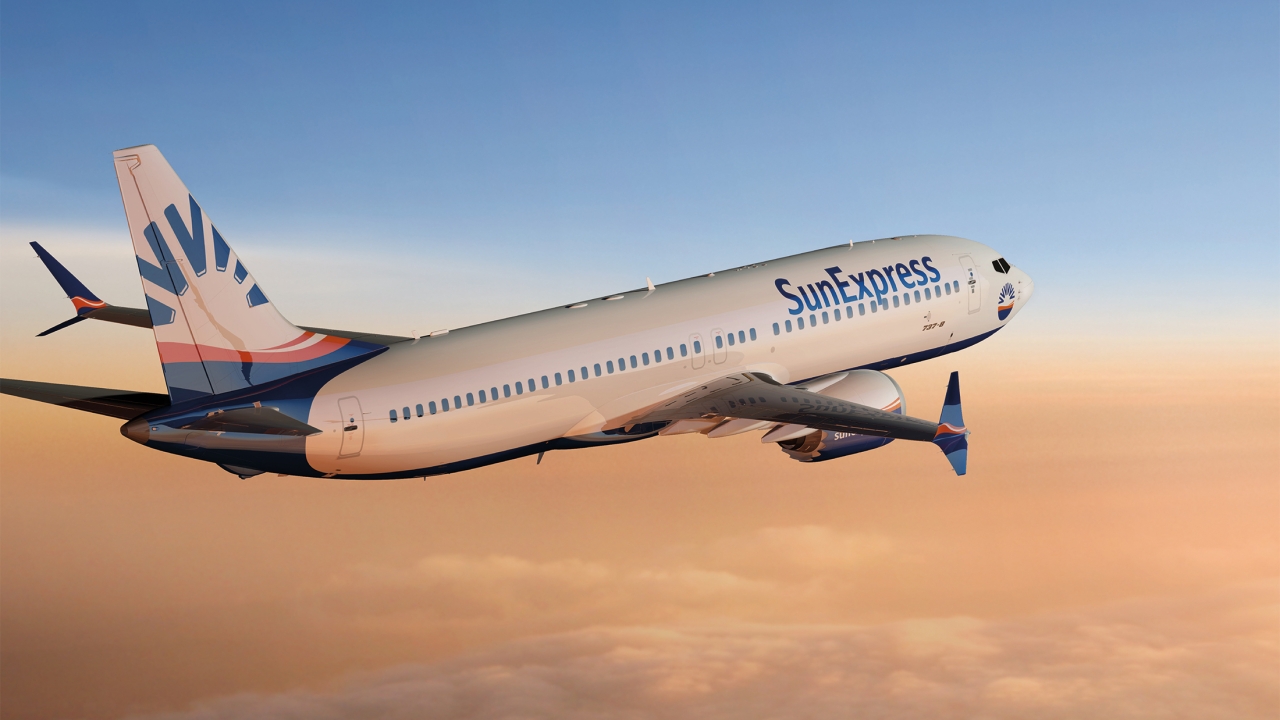The fight is on to train new Middle East pilots
David Oliver looks at the various training needs of the Middle East’s next-generation fighter pilots.

Many of the world’s air forces aspire to have a fleet of fourth-plus-generation combat aircraft in their inventory. However, few have the defence budgets to enable them to realise their ambition.
This is not the case for a number of Middle East countries, and those that belong to the Gulf Cooperation Council (GCC) in particular.
Members of the GCC include Kuwait, Oman, Qatar, Saudi Arabia and the United Arab Emirates, all which have been in the forefront of an unprecedented expansion of their combat aircraft capabilities.
With the exception of Oman, the GCC nations are deployed to Operation Decisive Storm, the Saudi-led coalition against Houthi rebels in Yemen.
Saudi Arabia was the first to commit to a fourth-generation fighter aircraft in the region when it launched Project Al Salam in 2007 for the purchase of 72 tranche 2 Eurofighter Typhoons. At an estimated £4.43 billion, it was one of the largest defence procurement contracts ever signed.
In March 2018, Saudi Arabia confirmed a long-awaited procurement of an additional 48 Eurofighter Typhoons, with the signing of a memorandum of intent (MoI). It is also taking delivery of 84 new F-15SA Strike Eagles under an $11.4 billion contract awarded to Boeing in 2012.
The first country to follow Saudi Arabia’s lead was Oman, which signed a contract for 12 Typhoons.
After a lengthy evaluation of new fighter options, Kuwait signed a contract in April 2016 for 28 tranche 3 Eurofighters in a government-to-government deal with Italy. It has an option for 18 additional aircraft.
A series of multi-billion dollar contracts with France, the United Kingdom and the United States for fourth-plus-generation advanced combat aircraft are set to increase Qatar’s current fighter fleet from 15 to 58! This is in spite of political tensions between Qatar and its GCC neighbours.
Under a 2015 €6.3 billion ($7.39bn) contract, Qatar is taking delivery of 24 Dassault Rafales from France.
Then, in December 2017, BAE Systems was awarded a £5 billion ($6.58bn) contract to deliver 25 tranche 3 Typhoons to Doha.
As part of Project Ababeel, the country has also ordered 36 Boeing F-15QA Strike Eagles in a $6.2 billion US foreign military sales (FMS) contract. This variant will be based on the Saudi F-15SA.
The speed of the acquisition and delivery of such large numbers of advanced combat aircraft comes with an increased demand for high-intensity pilot training.
All of the contracts include comprehensive training programmes for aircrew and technicians.
As part of a £1.6 billion ($2.10bn) Saudi-British defence cooperation programme, 22 Hawk Mk 165 Advanced Jet Trainers, plus simulators and training aids, have been delivered to the Royal Saudi Air Force (RSAF).
In February 2016, a new contract was signed for an additional 22 Hawk Mk 165s. Eighteen of the RSAF Typhoons are two-seaters.
The Royal Air Force of Oman (RAFO) will receive three two-seat Typhoons and eight Hawk Mk166 AJTs from BAE Systems, while the Kuwait Air Force (KAF) will have six two-seaters.
Under the contract with the Italian Government, Leonardo will train eight KAF Typhoon instructor pilots, as well as ground personnel.
Facing the biggest challenge for its future pilot training is the Qatari Emiri Air Force (QEAF), which has only a small cadre of Mirage 2000 and Alfa Jet operational pilots to draw on, and has no AJTs in its inventory.
The French contract includes six Rafale DQ two-seaters and a training package based on that included in Egypt’s purchase of 24 Rafales. This includes training 36 QEAF pilots and 100 technicians by the French Air Force at the Rafale Training Centre (CFR) at Mont-de-Marsan, although it is expected that the courses will be longer than those of the Egyptians.
In November 2017, The US State Department approved a support package for the QEAF’s fleet of F-15QA Strike Eagles, worth a potential $1.1 billion, which includes the building of new operations, maintenance and training facilities.
The BAE Systems contract for Typhoons, which includes two-seaters, was amended in June to include the supply of nine Hawk AJT aircraft and an initial support package, with deliveries to begin in 2022. As part of this package, a joint UK-Qatari Typhoon squadron was stood-up in July. The Royal Air Force’s No12 Squadron will integrate QEAF personnel, including pilots and ground-crew, from 2019.
The personnel will be initially stationed at RAF Coningsby, and then in Qatar, undertaking a package of training and cooperation with their UK counterparts.
The joint squadron will provide the QEAF pilots with valuable operational experience and speed up their preparation for when the first QEAF Typhoons are delivered in 2022.
At the end of last year, RAF Typhoons took in a joint training exercise with the QEAF. Operating from the headquarters of Qatar’s fighter wing at Al Udeid Air Base, the exercise allowed Royal Air Force personnel to pass on their experiences flying and maintaining the Typhoon aircraft to their Qatari counterparts.
The four Typhoons were flown by pilots from No 29 (R) Squadron RAF, based at RAF Coningsby, which is currently the Operational Conversion Unit (OCU) for the Typhoon and also supplements UK air defence as part of the quick reaction alert (QRA) team.
Around 90 RAF engineering support staff were on-hand to support the exercise.
Many of the QEAF pilots that took part in the week-long exercise will be among the first trained to fly the Typhoon in the UK.
Stay up to date
Subscribe to the free Times Aerospace newsletter and receive the latest content every week. We'll never share your email address.

